A Fresh Fashion Twist on Vintage Kimono
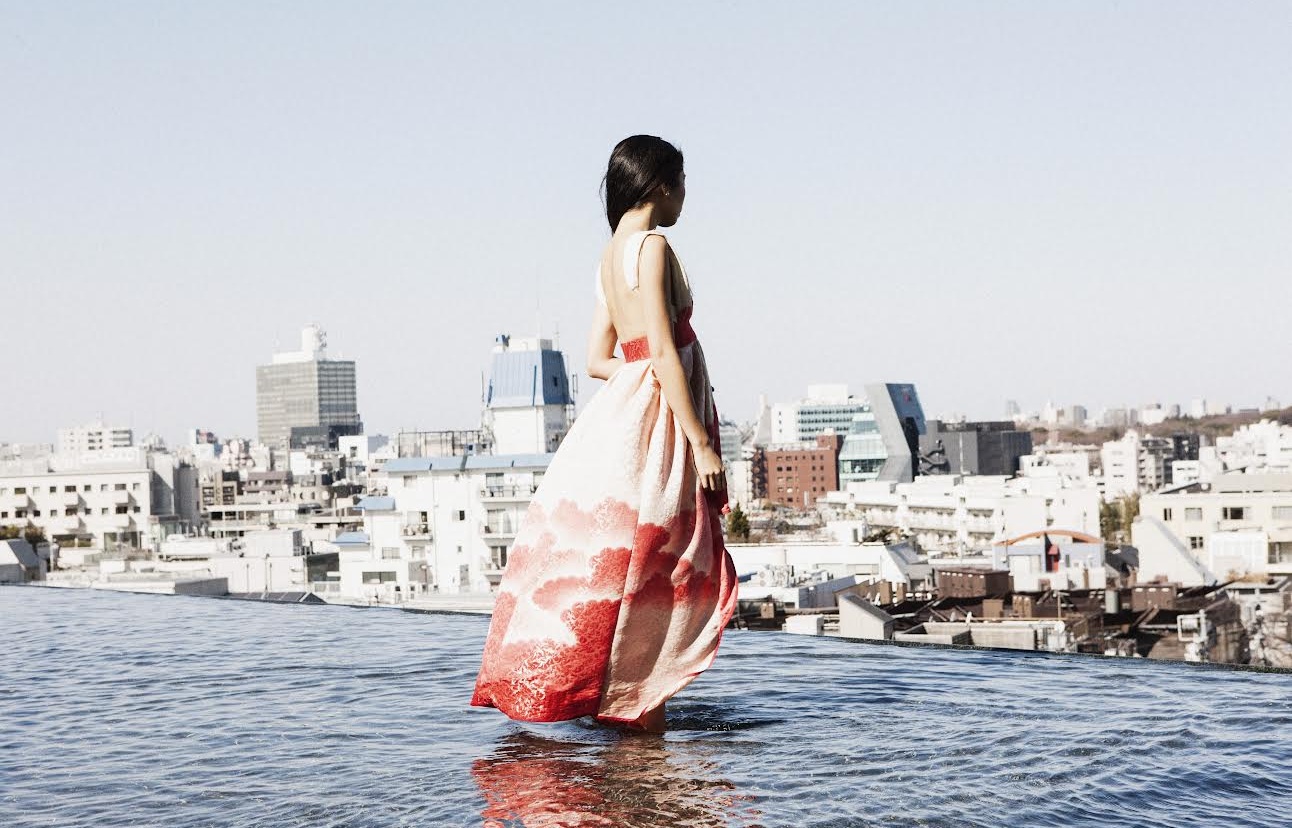
In a world where the latest styles are dictated by major brands, Australian-born Lia is a proud advocate for a return to “slow fashion” with her label Tokyo Kaleidoscope. An avid creator of clothing and upcycled pieces since childhood, Lia reconstructs vintage kimono into bespoke garments using a technique she calls "Fabric Origami."
By Louise George Kittaka"I wanted to create a fashion label that only used natural breathable fabrics, with beautiful printed fabrics and colors."
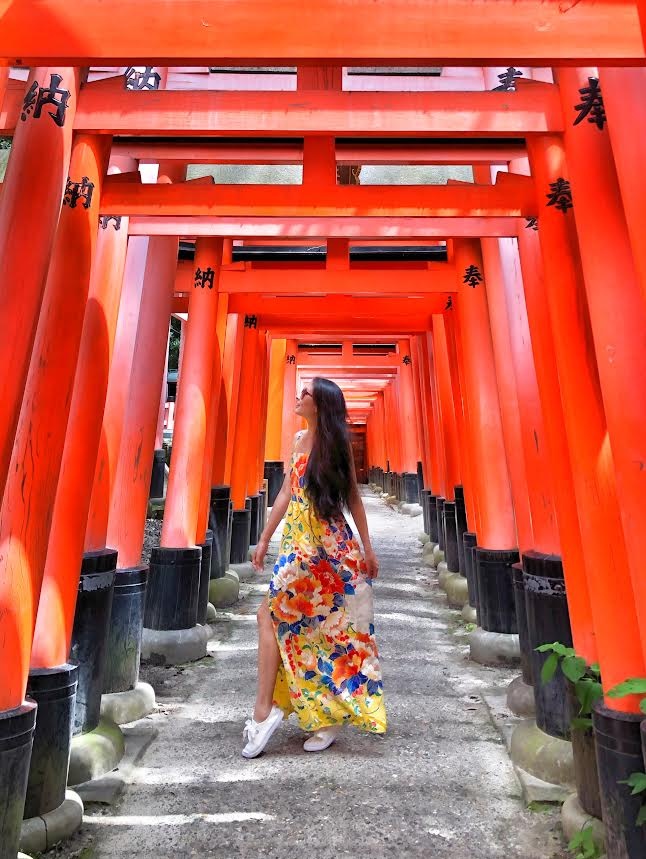
How did you get started on this journey?
I had extremely sensitive skin and eczema through most of my childhood. My mother dressed me in natural fabrics so as to not aggravate my eczema. In order to graduate from university, I needed to come up with a business concept, so I wanted to create a fashion label that only used natural breathable fabrics, with beautiful printed fabrics and colors. I decided to try my idea in Japan, as the Japanese have one of the highest rates of eczema amongst a population, and they are extremely interested in fashion.
What inspired you to work with kimono?
Walking through a vintage market one day, I was astounded and saddened by how many beautiful antique kimono were being sold or thrown away. I actually had an event to go to later that week and then I thought, “Why don’t I just make something from kimono?” and the first Tokyo Kaleidoscope (TK for short) piece was reconstructed.
Do you have any formal training in design?
During university I took some night classes to earn a Diploma of Tailoring & Diploma of Patternmaking. It was something my mother pushed me to do, as I was already making clothes by myself—learning by simply looking at a piece of clothing and turning it inside out to see how it was made. To me it’s always made sense, like a puzzle I can unravel with my eyes with some mathematics thrown in!
"I wanted to utilize as much of the kimono as possible, so I join, fold, pleat and drape my designs in a way that reminded me of origami."
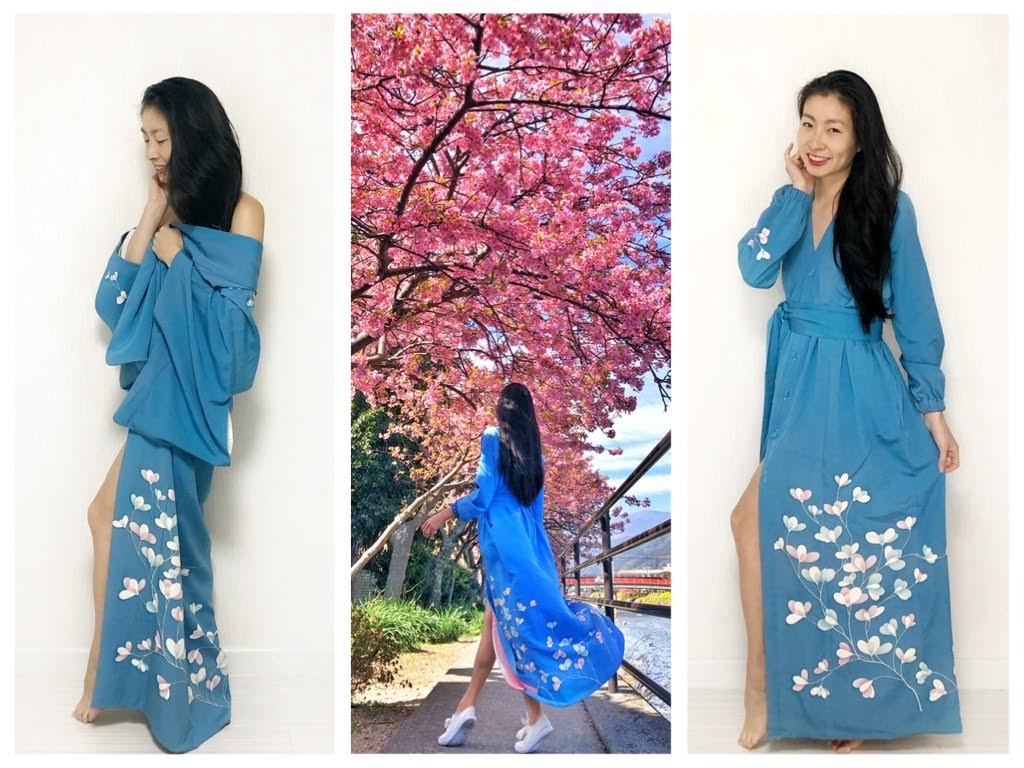
How did you adapt this for working with kimono?
These factors came into play when I started to work with kimono and the term I coined “Fabric Origami”. If you try and use conventional pattern-making techniques, like cutting on the bias, you lose and waste a lot of the kimono fabric. I wanted to utilize as much of the kimono fabric as possible, so I join, fold, pleat and drape my designs in a way that reminded me of origami. It also offers the potential for pieces to be altered if someone goes up or down a size. A lot of the original kimono fabric is still intact in the majority of my designs, which follows the natural flow of the fabric. Generally I don’t use drafted paper patterns at all; all the designs and techniques are in my head.
Where do you source your vintage kimono from?
From all over Japan! I love visiting markets, and if I see a store selling vintage kimono I normally just pop in and have a browse.
What’s the most challenging part of what you do?
Probably parting with certain kimono I hoped to keep for myself! I also have to be careful of how many pieces I reconstruct at a time. I do it all myself, from start to finish, so it does take a toll on my arms. And sometimes clients want a certain type of design which just isn’t feasible, so I spend time explaining what works and what doesn’t.
"Living in Tokyo, you meet an amazing diverse range of individuals doing some truly fabulous things."
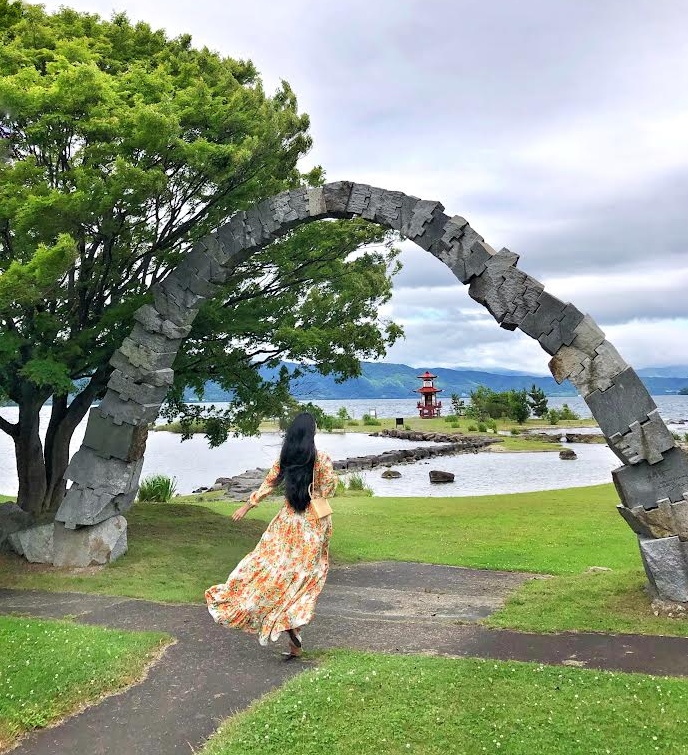
What do you love most about it?
When I have some kimono delivered to me—it’s so much fun to unpack them all and see their beautiful craftmanship, run my fingers over the amazing, intricate detail, and think about all the adventures they may have experienced. I also love that living in Tokyo, you meet such an amazing diverse range of individuals doing some truly fabulous things. Seeing clients’ faces when they pick up their TK pieces is pretty lovely as well, obviously! (Laughs)
What’s it like modelling your own creations for social media?
To tell you the truth, I was really hesitant to put my face to it, as I enjoy my privacy immensely. I had to kind of come to terms with being the face of TK for the documentation and showcasing of the general kimono before the reconstruction, but that’s pretty much the only time you will see my face.
How do Japanese people react to your business?
The Japanese who have encountered TK have been so supportive and encouraging. One of the loveliest things is when a Japanese client brings their grandmother’s kimono to be made into something to pay homage to their ancestry and loved ones. With each generation we tend to get larger and taller, so some people who’ve inherited kimono can’t wear it the traditional way because it doesn’t fit. It’s nice to see it being turned into a new version for them to actually use.
"There is so much greenwashing going on by huge fashion brands—but a lot of it is just waffle."
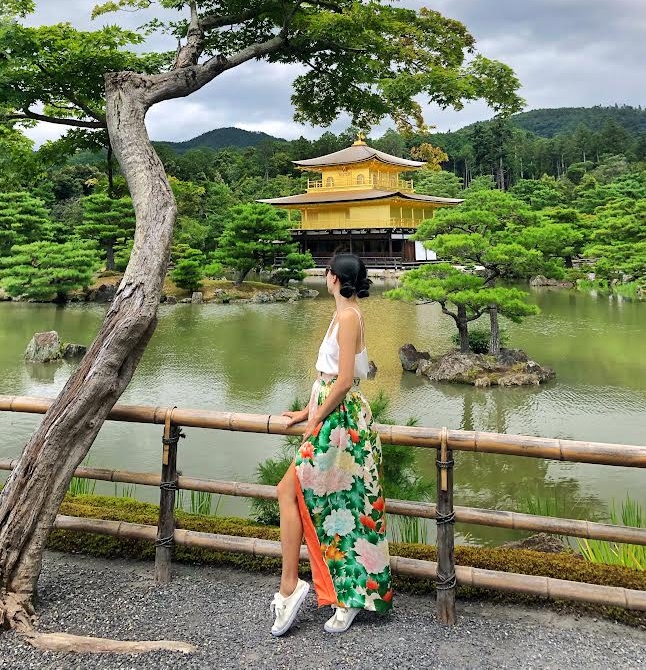
With more interest in social responsibility these days, what part can businesses like Tokyo Kaleidoscope play?
In terms of fashion, I believe a move towards less impulse purchases from fast fashion brands is key. Invest in several timeless, classic and special pieces that will last you awhile and actually have meaning. Look towards small independently-owned brands, which are conscious of their impact. You are then supporting local enterprises, not a big conglomerate which is contributing to fashion waste. There is so much greenwashing going on by huge fashion brands—saying they have an “organic, ethical range”—but a lot of it is just waffle.
What is ahead for you?
Honestly, I will probably just be doing what I’m doing now: creating beautiful pieces from vintage kimono, working on my other creative projects, maintaining a good work-life balance, hopefully travelling back overseas. I can never do just one thing—I always need multiple projects on the go so I keep myself stimulated. We only have one life to live; might as well make it interesting!
Links to business and social media:
@tokyokaleidoscope
Tokyo Kaleidoscope
@shoptokyokaleidoscope



